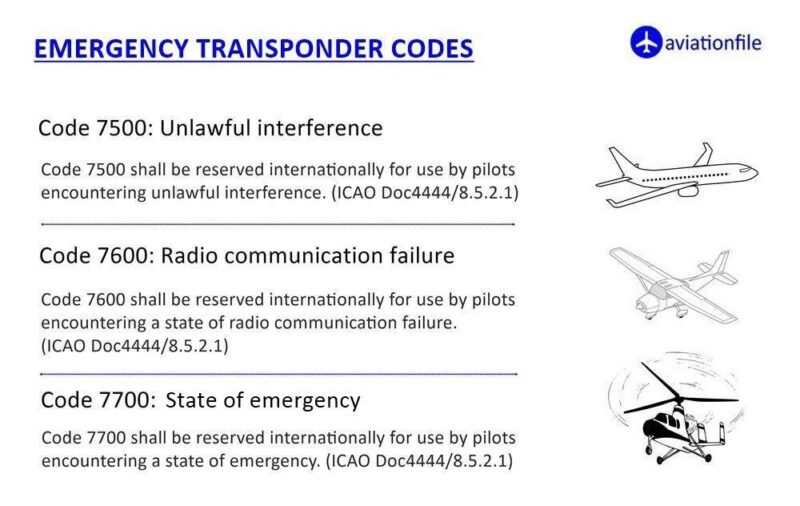What is Hijacking in Aviation? Some Examples
Hijacking in aviation refers to the illegal seizure of an aircraft by a person or group of persons with the intention of taking control of the aircraft or using it as a means of coercion. Hijacking has been a significant concern in aviation since the 1960s, with numerous high-profile cases being reported around the world.
There are several reasons why a hijacking might occur, including political motives, terrorism, or personal gain. In most cases, the hijacker’s primary objective is to gain control of the aircraft. They use the aircraft to achieve their goals, which may include demands for the release of prisoners, ransom payments, or other political demands.

Some Notable Examples of Hijackings
TWA Flight 847 (1985): In this incident, a group of Lebanese militants hijacked a TWA flight from Athens to Rome and demanded the release of 700 Lebanese prisoners held in Israeli custody. The hijacking lasted for 17 days and resulted in the death of one passenger.
Ethiopian Airlines Flight 961 (1996): Three Ethiopians hijacked this flight, attempting to divert it to Australia. However, the hijacking failed due to fuel exhaustion, resulting in a different outcome. The aircraft crashed into the Indian Ocean, killing 125 passengers and crew members.
9/11 attacks (2001)
The most notorious hijackings in history, the 9/11 attacks involved four coordinated hijackings carried out by Al-Qaeda terrorists. Two planes were flown into the Twin Towers of the World Trade Center in New York City, one into the Pentagon in Washington D.C., and another crashed in a field in Pennsylvania. Nearly 3,000 people were killed.
Air France Flight 8969 (1994): A group of Algerian militants hijacked the Air France flight from Algiers to Paris and threatened to blow it up unless their demands for the release of Islamic militants were met. After a long standoff, French special forces stormed the plane and freed the hostages, resulting in the deaths of four hijackers.
EgyptAir Flight 648 (1985): In this incident, terrorists affiliated with the Abu Nidal Organization hijacked the EgyptAir flight from Athens to Cairo and demanded the release of Palestinian prisoners. The hijacking ended with the deaths of 60 passengers and crew members.
Hijackings have become less common in recent years due to increased security measures and the use of reinforced cockpit doors. But they remain a significant threat to aviation safety. The International Civil Aviation Organization (ICAO) has established guidelines and protocols for dealing with hijackings, including the use of negotiation techniques and the involvement of law enforcement and military personnel if necessary.
References and Further Reading:
- “Hijacking.” International Civil Aviation Organization (ICAO). Retrieved from https://www.icao.int/security/pages/hijacking.aspx
- “Airline hijackings: A brief history.” CNN. Retrieved from https://www.cnn.com/2013/09/20/world/airline-hijackings-a-brief-history/index.html
- “Airline hijackings and terror attacks: A brief history.” NBC News. Retrieved from https://www.nbcnews.com/news/world/airline-hijackings-terror-attacks-brief-history-n912286



